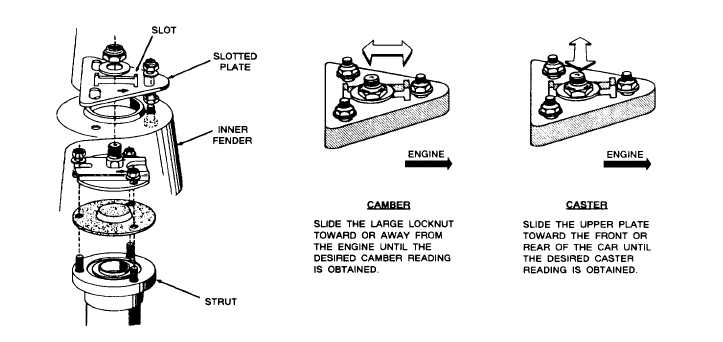
Figure 12-19. - Caster/camber adjustment kit for McPherson strut.

Figure 12-20. - Adjustments for toe-in and steering wheel alignment.
For example, if we move the upper ball joint to the rear of the vehicle, caster is changed in a positive direction (fig. 12-17). When you move the upper ball joint to the front of the vehicle, you change it in a negative direction.
It is the same when adjusting camber; you are still thinking of the top ball joint. Referring to figure 12-17, you see that by moving the top ball joint out, away from the vehicle, you change camber in a positive direction. Move it in, and you move it in a negative direction. Of course, when you move the ball joint, you are actually moving the entire upper control arm.
On vehicles with MacPherson-struts, (fig. 12-18), even though you are not dealing with upper and lower control arms, the principle is still the same. Some vehicles, from the manufacturer, do not provide a means for caster or camber adjustment. However, there is a kit (fig. 12- 19) available for those vehicles. Once the kit is installed, you will be able to make both adjustments. On other vehicles there is an adjustment for camber at the lower end of the strut, as shown in figure 12-18. You loosen the cam bolt locknut and route the cam bolt left or right. This moves the wheel in or out. Be sure to mark the location of all bolts when replacing these struts.
TOE-IN AND STEERING WHEEL ADJUSTMENT
After you have adjusted caster and camber, you should now adjust toe-in. It is the last angle to be adjusted, because caster and camber are so closely related. The adjustment of either will affect toe-in. It is adjusted in the same way on all vehicles-by turning the sleeves on the tie rod ends (fig. 12-20). This shortens or lengthens the steering linkage connecting the wheels.
Before you take the toe reading, it is important for you to make sure the front wheels are straight and the steering wheel is centered. You must center the steering wheel so that the steering gear is positioned on the high
Continue Reading